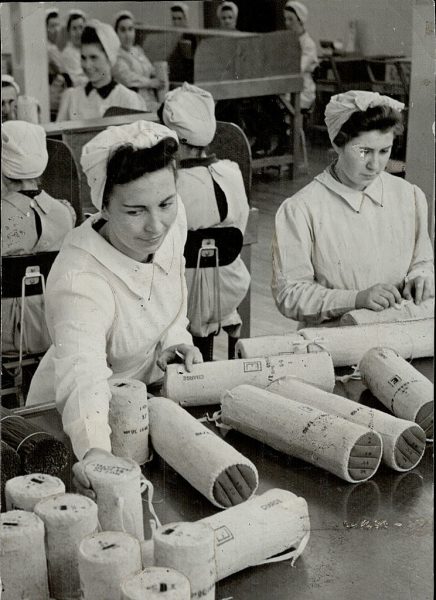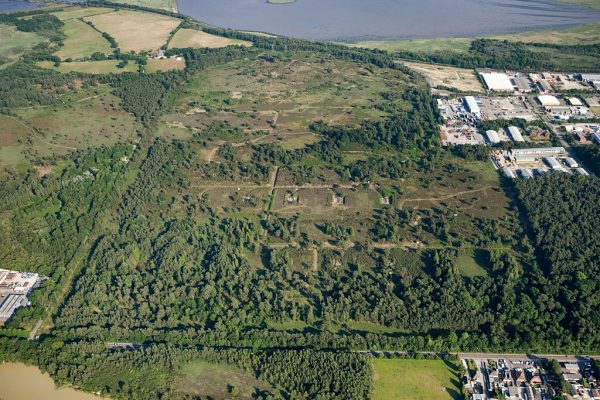To Be Honoured: WW2 Bone Collector Who Was a Vital Contribution To The Allies
Bone Collector: It’s difficult to imagine just how a young mother living in Canada’s most remote region in the Arctic could make a direct contribution to the Allied effort of World War II, but Qapik Attagutiak was not just any young mother.
She was only 20 years old, and already she had a baby and the responsibilities of motherhood when the war broke out.
Still, when her government told her community that she, and other young people, could help win the war, Qapik did not hesitate. She did what the elders of her community asked her to do.
And they did not ask something relatively easy, like making warm clothes for soldiers; they asked her to perform a dreadful duty only those in the north could do.
Bone Collector
They requested that she collect the bones of dead animals — walruses, seals, and even dogs — and ship them to port cities in the south manufacturing war equipment.
Specifically, the bones were used to make cordite, aircraft glue and fertilizer, all essentials for fighting the war. They were processed at plants in Montreal and Halifax before being shipped overseas.

It’s been more than 75 years since the war ended, and Qapik is now 99 years old. Her daughter accompanied her on a recent trip to Ottawa, the country’s capital, where she was honoured for her contributions to the Allied effort.
What made the occasion even more poignant is that Qapik is the last living member of the group of young bone collectors who helped the Canadian government back then.
As Qapik does not speak English, her daughter, Kataissee, acted as translator from Inuktitut during an interview before the ceremony, which was held at the Museum of History in Gatineau, Quebec this month.
“It was scary for them,” her daughter said of that time when, in 1940 or so, a Catholic priest informed Qapik and other young people of the worldwide conflict happening overseas.
“(But) they did what was important for the elders, when they asked them (the young people), saying ‘you guys have to be collecting bones’.”
And they didn’t gather only a few bones, once or twice; they collected three sacs of them, every week, for the duration of the war.
It was perhaps the most grisly activity imaginable; the bones were often rotting carcasses still covered in blood, grease, and even maggots. But Qapik simply tucked her infant into the back hood of her parka, and got on with the task at hand.
“They did it without thought,” Kataissee said in the interview with online news website Eye On The Arctic.
The war was very far away to the Inuit, but nonetheless they were cautioned that the enemy may one day descend on them by plane, parachuting down to the vast, icy landscape.

Her daughter said they were told, “If the planes are coming in and there’s a parachute coming out…you have to shoot to kill because they may be killing you.” Words like that made the war very real to the Inuit, in spite of the distance between Canada’s north and the battlegrounds.
One person who is very happy to see Qapik finally get recognition is Ray Coutu, a researcher with Parks Canada who has spent the last two years documenting and preserving her story of a Bone Collector.
“This special story really struck me personally,” he acknowledged to Eye On The Arctic, adding that it was truly awful work, picking up rancid, smelly animal bodies.
But Qapik is incredibly modest about what she did; so modest, in fact, that she had never told her family about her actions. Now, however, she has been lauded by Canada’s federal government and her tale is preserved in the historical record.
At the ceremony, Qapik insisted that she not be singled out, that the award go instead to the entire Inuit community. She hopes that sharing her memories of those times will help educate others about the role the Inuit played in the war.
The Tough Life of Early US Pioneers
She turns 100 in June, and through her daughter she said, “The only way you can (achieve) peace is to help each other.” A motto fit for all people, really, whether they live in Canada’s far north or an urban environment in warmer climes.





